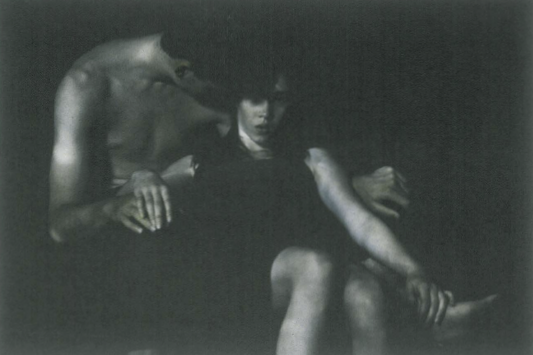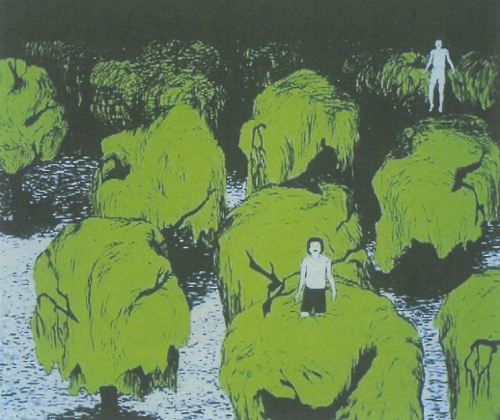
Since the demise of Perspecta, the Adelaide Biennial of Australian Art has been the only regular survey (of sorts) of recent art made in Australia (at least until the NGV picks up the slack later this year). The 2004 Biennial, curated by Julie Robinson, focused on photomedia, which ostensibly meant it excluded anything not made by photographic or digital means; that is, video and digital prints in, painting out (even if it was painted from a photograph).
The main argument for this media restriction put forward in the catalogue seemed to be the increased prominence of photography and video in contemporary practice. Which of course is true, but is not in itself a convincing reason for presenting it cosseted away from the rest of contemporary practice.
Still, even the most arbitrary parameters for an exhibition can work, so long as something more concrete holds everything together. Unfortunately, it was a struggle to see what that was in this year's Biennial. Even the catalogue offered few clues. Works were, for example, chosen for their relationship to 'reality'. Fair enough. But we can consider most art to have some relationship to reality, whether it is hyperreal, surreal, fantastic, about 'the everyday', whatever. And all photography, by its very nature, fits even more easily in to this category.
It was, I think, the lack of any strongly defined criteria for the selection of works that made the show as a whole, for me, uncompelling. Themes, Robinson professed, emerged from the works themselves, but none of these were further developed within the exhibition. Where the show could have said something was in its presentation of the work. Admittedly the space itself had limitations (size in particular), and the choice to show so many projections in separate rooms made it more problematic. With no work really relating to another spatially, it's hardly surprising that there was little discourse between them.
Of course, there were strong works in the show, among them Rozetsky's tri-screen installation of actors presenting a kind of modular dialogue; Mike Parr's affecting performance documentation; Bill Henson's broodingly sensuous urban landscapes. But a small collection of even first-rate works doesn't necessarily make a compelling show, particularly when backed up by pieces, most often by less-practised artists, which were, at best, poorly resolved.
And if the show was not a comprehensive survey of new Australian photography, not 'about' photomedia itself, and not even just fresh or surprising, (and more, not attempting to be any of these things), what was it? For a show proclaiming to carry on a history of 'testing limits', it should be trying harder. For what it was, a limited collection of recent Australian work, some of it exemplary, it was, well, just alright. Is that really enough?












